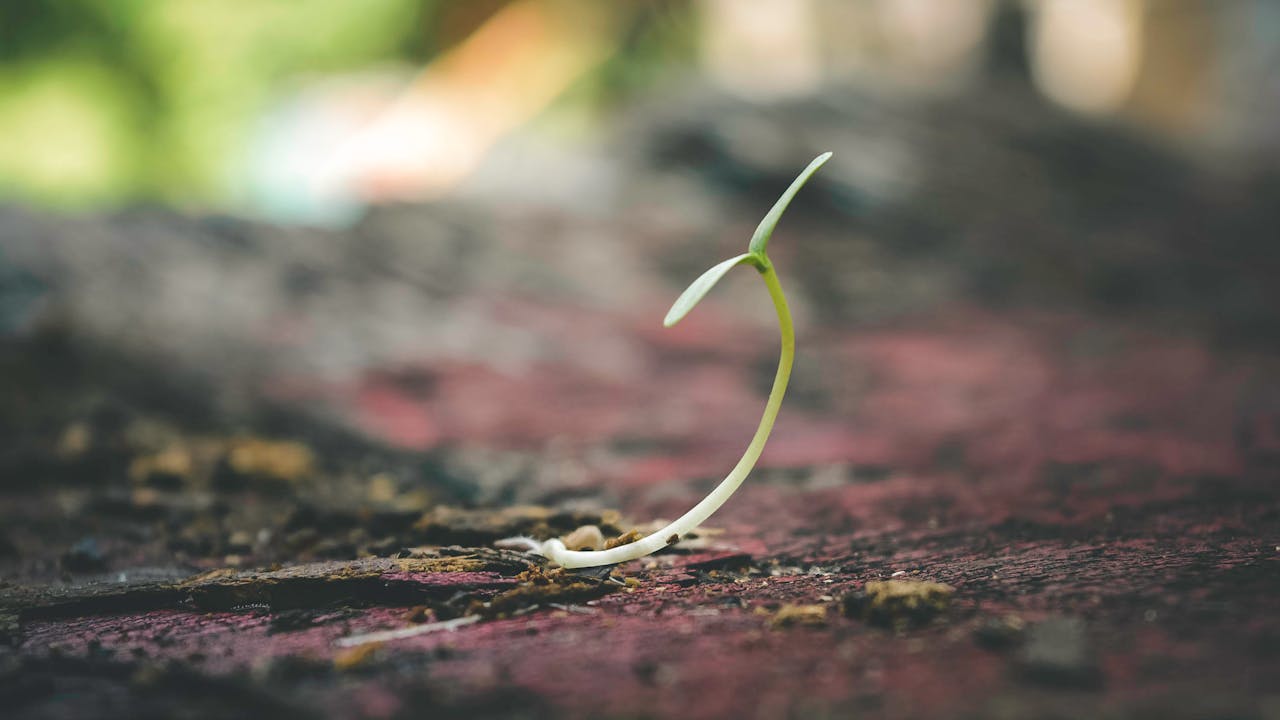
Sowing a new lawn, flower meadow, or vegetable patch can be a rewarding project for any gardener, but one of the first challenges you will face is determining exactly how much seed you need. Choosing the wrong amount of seed can lead to disappointing results; insufficient seed may result in patchy growth, while too much seed might cause crowding and competition for resources. This guide will provide you with a detailed plan to calculate the right amount of seed, with tips to maximize your garden's potential.
Before diving into calculations, it’s crucial to understand why accurate seeding is essential. Correct seeding ensures even distribution, reduces competition among plants, and allows for proper root development. Over-seeding can suffocate young plants, while under-seeding leads to inadequate coverage and increased susceptibility to weeds. A well-planned seeding approach is the foundation for lush, healthy growth.
Start by measuring the area you plan to plant. This requires calculating the surface area, which will help guide how much seed to purchase. If you have a rectangular plot, use the formula length x width to find the area. For example, a plot that is 10 meters long and 5 meters wide results in 50 square meters (10 m × 5 m = 50 m²). If your garden has an irregular shape, break it down into smaller, regular shapes like rectangles or triangles, calculate each area, then sum them up to find the total. This ensures precision, avoiding issues with over or under-seeding.
After calculating the area, the next step is selecting the appropriate seed type. Seed packaging generally includes recommended seeding rates. For lawns, you might need 25–30 grams per square meter, while flower meadows require about 7–10 grams per square meter. Vegetable seeds can vary significantly, so it’s important to follow specific guidelines for each type. The type of seed you choose should align with your environmental conditions—consider the climate and sun exposure of your garden. Also, determine whether you need seeds that thrive in partial shade or full sun.
Soil type and quality also influence seeding requirements. Sandy soils, for instance, might necessitate denser seeding due to potentially lower germination rates. Quality seeds generally show higher germination success rates. Therefore, investing in premium seeds could reduce the quantity needed, leading to cost savings and a healthier garden. Testing your soil, followed by suitable amendments such as adding compost or peat moss, can further optimize conditions for seeding success.
Garden areas with shade require special consideration. Shaded spots might have different seeding needs, such as shade-tolerant varieties that allow for denser seeding to accommodate reduced sunlight. Analyze your garden's sun patterns throughout the day, and select seeds accordingly to ensure consistent growth.
To prevent seed shortages, always include a buffer of about 10%. This excess covers irregular areas and accounts for future touch-ups that may arise due to unforeseen circumstances like animal interference or poor weather. Having a seed surplus also allows for quick response to gaps that might appear as your garden matures.
For those who prefer to avoid manual calculations or are dealing with larger projects, consider using an online seed calculator. These tools provide estimates based on your inputs, which include area dimensions, seed types, climate considerations, and seeding density preferences. Such calculators can make the process less time-consuming and minimize errors, especially when factoring in the recommended buffer.
Conclusion: Calculating the right amount of seed doesn't have to be a cumbersome task. By accurately determining your area, choosing the correct seed type, considering soil and sunlight conditions, and planning effectively, you ensure your garden's robust growth and beauty. While you can certainly tackle these calculations on your own, a seed calculator can streamline the process, offering ease and accuracy for gardeners at all experience levels. Consider trying out a seed calculator to get started on your gardening project today.